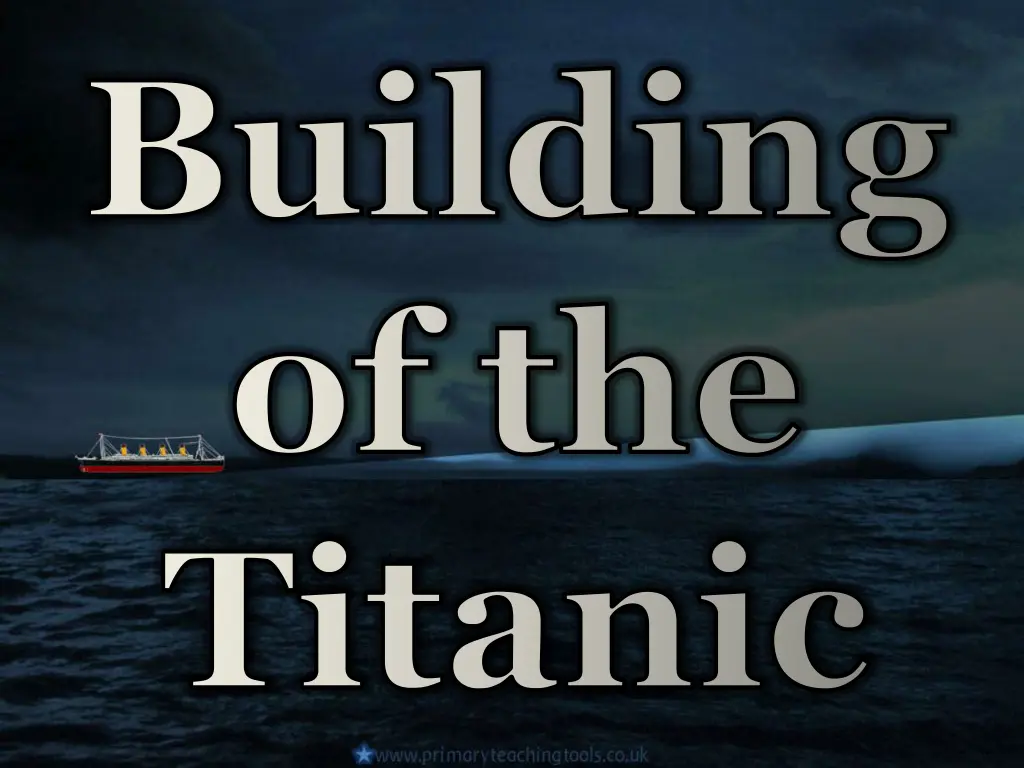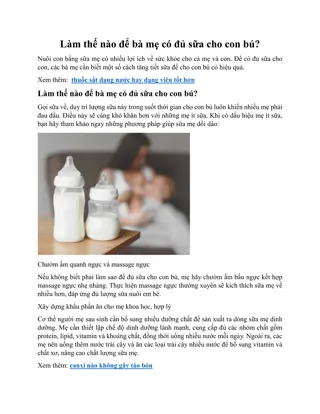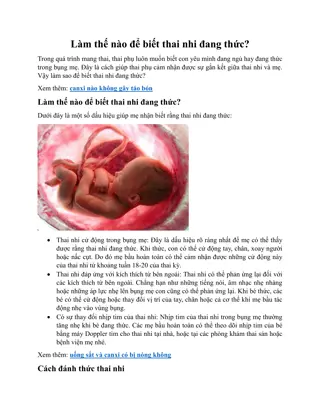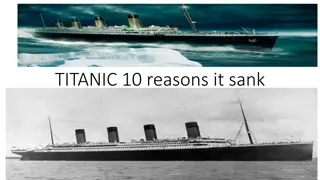
Fascinating Insights into the Building of the Titanic
Discover the captivating journey of how the iconic Titanic was constructed by the White Star Line in England, featuring details on the shipbuilding process, design, technologies used, and the luxurious amenities aboard. Explore the historical significance and preparations leading up to the ill-fated maiden voyage of this legendary vessel.
Uploaded on | 0 Views
Download Presentation

Please find below an Image/Link to download the presentation.
The content on the website is provided AS IS for your information and personal use only. It may not be sold, licensed, or shared on other websites without obtaining consent from the author. If you encounter any issues during the download, it is possible that the publisher has removed the file from their server.
You are allowed to download the files provided on this website for personal or commercial use, subject to the condition that they are used lawfully. All files are the property of their respective owners.
The content on the website is provided AS IS for your information and personal use only. It may not be sold, licensed, or shared on other websites without obtaining consent from the author.
E N D
Presentation Transcript
Building of the Titanic
The Titanic was built by the White Star Line in England. The company wanted to build ships that were bigger and more luxurious than any others that were sailing at the time. The building of the Titanic began in Belfast, at the Harland and Wolff shipyard, in March 1909, and was famous even before it was completed. Her sister ship, the Olympic was finished the year before Titanic, and White Star added many luxuries to the Titanic, making her a thousand tons heavier than the Olympic.
Thomas Andrews was in charge of the design. He made scale drawings of the Titanic to work from. It took over eleven thousand people more than two years to build the Titanic. Skilled shipyard workers would earn 2 a week, and unskilled workers would earn less than 1 a week. When the ship was finished, in May 1911, she was launched into the sea, ready for the inside to be fitted out. The final cost was almost 5 million, which today would be more like 255 million.
The Titanic was built using the best technologies available at the time.
She had a double-bottomed hull that was divided into 16 watertight compartments. Four of these could be flooded without the risk of sinking. This is why the Titanic was called unsinkable
Inside, the Titanic had four electric lifts, and two Marconi radios, allowing the passengers to keep in touch with friends and relatives. The ship was 270 metres long, almost 20 metres wide, and 30 metres high (to the level of the bridge). The picture below demonstrates just how big she was! Image by Yzmo, GNU Free documentation licence, Wikimedia Commons
Sea trials Before setting off on her maiden journey, the Titanic had to undergo sea trials. These happened on Tuesday 2nd April, just eight days before she was due to leave Southampton. She passed, and was deemed sea-worthy. The picture shows her at the beginning of her sea trial.
Online links Building the Titanic BBC LZB The day I saw the Titanic BBC LZB All acknowledged images used published under a Creative Commons Licence All other images in the Public Domain






















